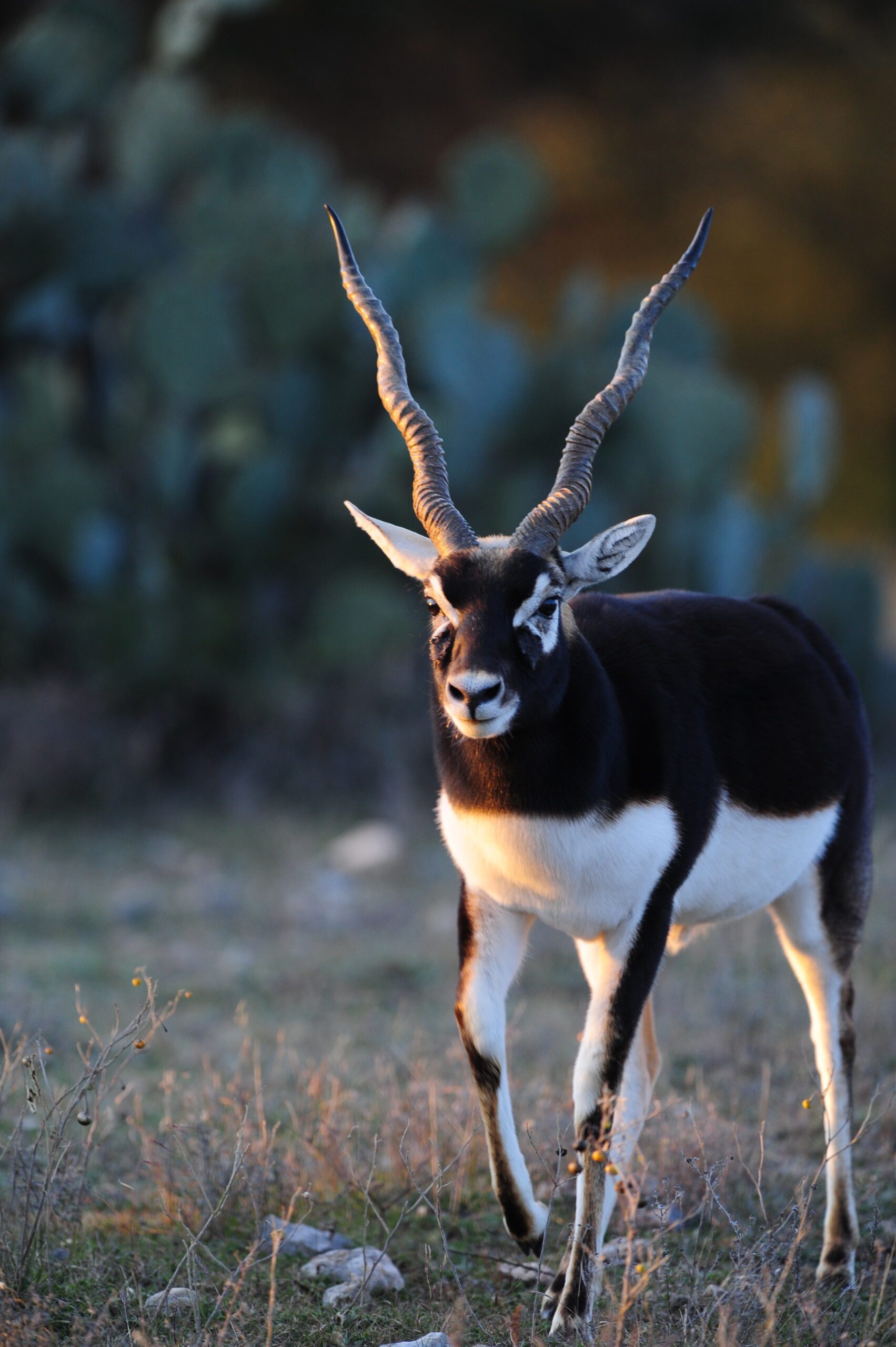There’s a boom going on with exotic wildlife, and it’s right here in Texas. Pete Moore, who owns a ranch in Leakey and was recently named president of the Exotic Wildlife Association, said the exotic industry has undergone an amazing transformation over the last five years.
Late spring and summer — when other hunting seasons are closed (except for feral hogs) — is a great time to think about exotics. The axis rut is taking place, as roars echo throughout the Hill Country.
When thinking about exotics, many hunters think axis and blackbuck antelope, both prolific on Texas ranches. But there are a lot more species available, and the number is growing. The fallow deer market is exploding, with prices setting records at EWA’s auction at its Annual Membership Meeting in March, and people are still buying.
There’s a great benefit to the exotic industry in the state. Several species, nearly gone from their native ranges, are thriving in Texas, thanks to ranchers. Scimitar-horned oryx, addax, dama gazelle and several other species far outnumber the animals in their native homes. Other species, like the Cape buffalo and red lechwe, are increasing.
The exotic industry isn’t new in Texas.
In 1854, camels were purchased through Congress, with the first animals arriving in 1855. In the 1940s and 1950s, ranchers who had been on African safaris saw the similarity in habitat to the Texas Hill Country and Brush Country. Several exotic species soon made their way to the state, including axis, blackbuck, nilgai, fallow, sika and red deer.
More species came over the decades, like gemsbok, oryx, sable and kudu.
The exotics industry has attracted former deer breeders, who exited the industry following the introduction of numerous disease-combating regulations.
Charly Seale, EWA’s executive director, said when compared with cattle, the land can support more animals with higher value.
“You can run seven axis for every cow, and three or four gemsbok,” he said. “The prices for the axis and gemsbok are a whole lot higher, although there is risk of loss, since they are wild animals.”
The exotics explosion isn’t only noticeable in the prices, either. Antler and horn sizes are on the way up, too, thanks to selective breeding.
The exotics business has had a rebirth, and hunters across the country are taking advantage of the added year-round opportunities in the state where hunting never stops.


